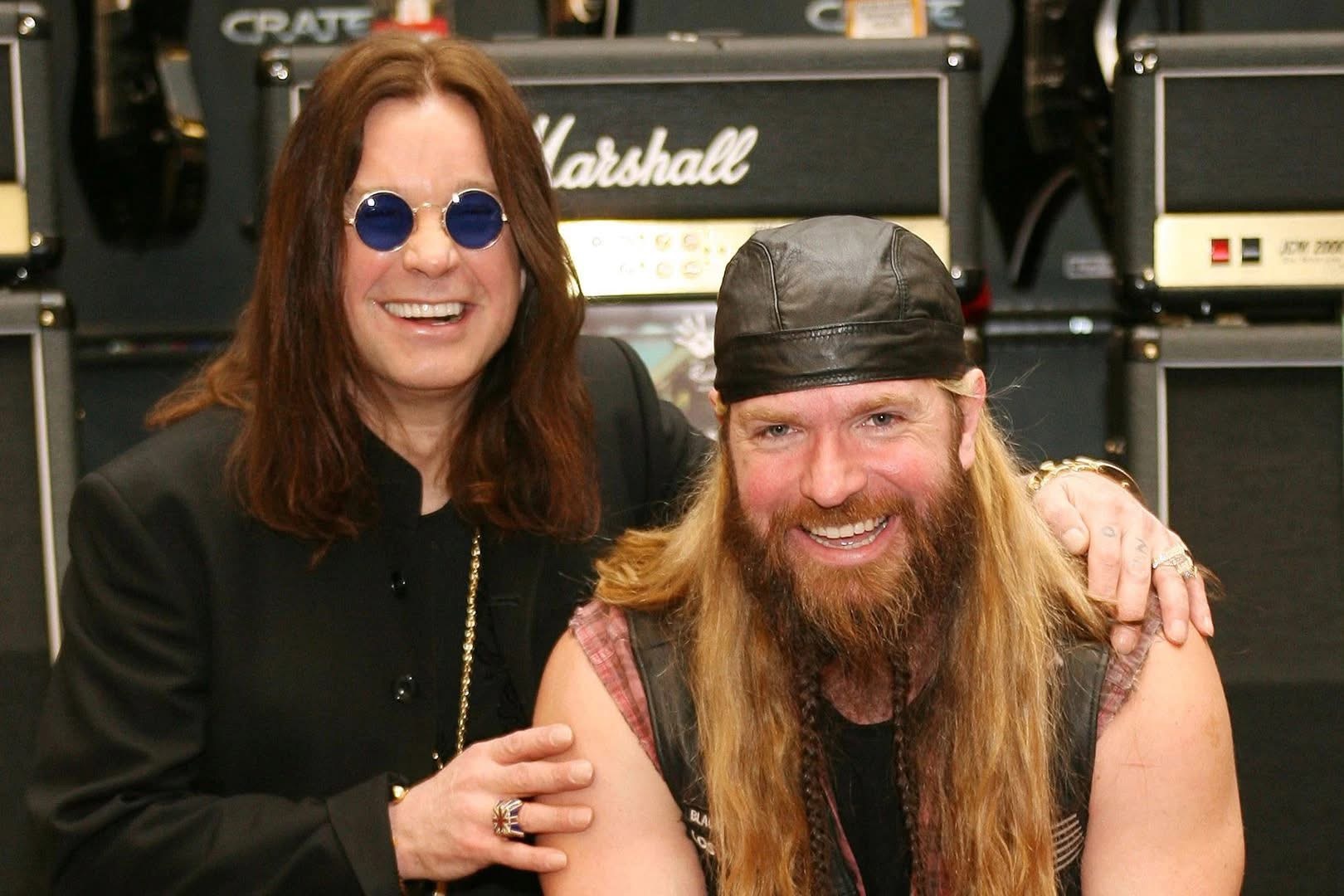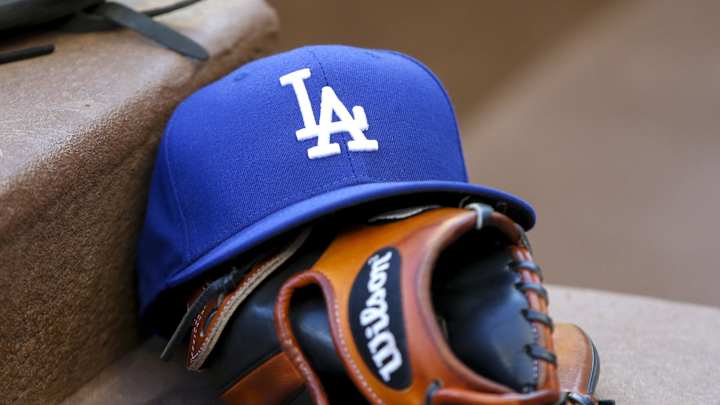‘Black Sabbath gave bands like Slipknot the blueprint’
🔥 Introduction: The Roots of Metal Mayhem
In the sprawling family tree of heavy metal, few bands can lay claim to being the trunk from which countless branches have grown. Black Sabbath — the godfathers of heavy music — didn’t just pioneer a sound. They built an entire blueprint for generations to follow. Among the most intense heirs to their legacy? The masked chaos that is Slipknot.
But how did a band formed in the gloomy heart of Birmingham in the late 1960s become the template for Iowa’s nine-man metal monster? The answer lies in more than just heavy riffs. It’s a story of rebellion, theatricality, pure sonic power, and the dark poetry of musical rage
This is how Black Sabbath gave bands like Slipknot the blueprint — and how that legacy still echoes through the screams, solos, and seismic drums of modern metal.
Sabbath: The Dawn of Doom
When Tony Iommi, Ozzy Osbourne, Geezer Butler, and Bill Ward first unleashed Black Sabbath in 1970, the world had never heard anything quite like it. Their music was dark, menacing, unpolished — and, most importantly, it was honest.
At the time, bands were singing about peace and flowers. Sabbath sang about war, mental illness, environmental destruction, and the devil himself. Their groundbreaking debut album introduced a heavier, gloomier, and more aggressive sound that hit like a hammer to the soul.
It wasn’t just the distortion that made them revolutionary — it was the attitude. The desire to confront, not comfort. The willingness to sound ugly, scary, and real.
Sound familiar?
💀 The Blueprint Emerges
Here are the key elements of the Black Sabbath blueprint that bands like Slipknot adopted — and evolved:
1. Heaviness as Identity
Black Sabbath made heaviness a defining feature, not a byproduct. Their down-tuned guitars and slow, doom-laden riffs introduced an entirely new soundscape. For Slipknot, that heaviness wasn’t just present — it was weaponized. With three percussionists, ferocious double bass drums, and detuned chaos, they took Sabbath’s sonic weight and turned it into a full-on assault.
2. Dark, Taboo Themes
Songs like “Black Sabbath,” “Iron Man,” and “Children of the Grave” dealt with death, madness, and social decay. These weren’t safe topics — they were disturbing, real, and relevant. Slipknot’s lyrics reflect a similar fascination with pain, identity crisis, addiction, and inner torment. They, too, use music to confront the darkness, not escape it.
Theatrical Persona
Let’s be honest — Black Sabbath were terrifying in their early days. Their gothic font, occult references, and eerie melodies created an image of something otherworldly. Slipknot took this to new extremes with masks, numbers, and horror aesthetics, but the roots of this theatrical menace lie in Sabbath’s original vision.
4. Raw Energy Over Perfection
Sabbath’s early records are far from perfect. They’re raw, rough, and real. That authenticity resonated deeply with young musicians. Slipknot’s early works (Iowa, anyone?) weren’t polished — they were visceral, full of fury, and barely contained rage. Just like Sabbath, they embraced imperfection as character.



